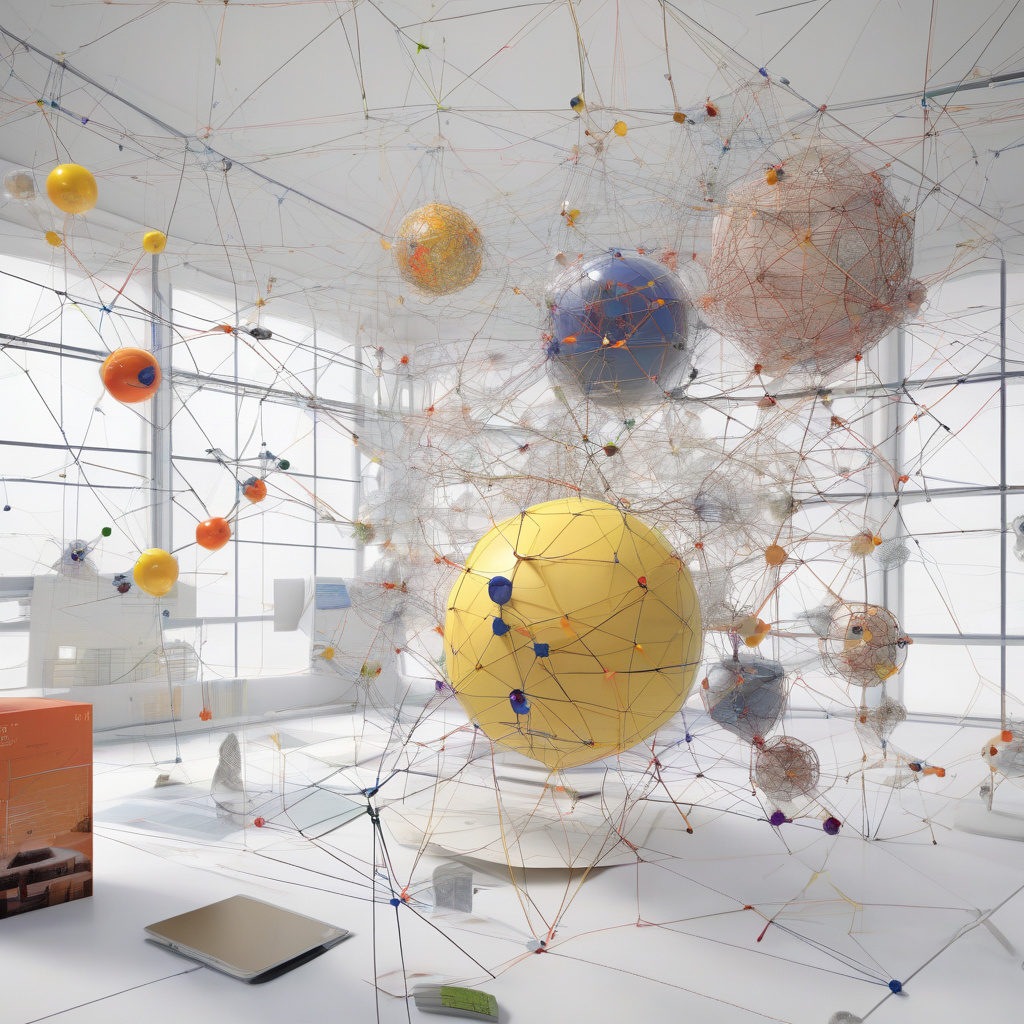In the realm of natural language processing, the concept of Retrieval-augmented generation (RAG) has emerged as a game-changer. By intertwining large language models (LLMs) with external data sources, RAG elevates the precision and relevance of generated content. However, a notable drawback of conventional RAG systems is their tendency to lack transparency in illustrating the connections between user queries and retrieved information, stunting their reasoning abilities.
Enter Graph RAG, a revolutionary approach that harnesses the power of knowledge graphs to transcend these limitations. Knowledge graphs serve as structured repositories, depicting entities as nodes and their interrelations as edges in a machine-understandable format. This strategic utilization of knowledge graphs empowers AI systems to establish links between disparate facts, enabling them to derive logical and coherent conclusions akin to human-like reasoning.
By integrating knowledge graphs into RAG frameworks, developers can unlock a myriad of benefits that propel information retrieval and generation to new heights. Let’s delve into how knowledge graphs supercharge RAG systems and redefine the landscape of AI-driven content creation:
Enhancing Contextual Understanding
Traditional RAG setups excel in retrieving information based on semantic similarities but often fall short in providing comprehensive context. Knowledge graphs inject a layer of depth into the process by offering a structured representation of relationships between entities. This contextual enrichment enables AI models to grasp nuances, leading to more precise and insightful content generation.
Facilitating Explainable AI
The opacity surrounding AI decision-making has been a long-standing concern. Graph RAG mitigates this issue by leveraging knowledge graphs to map out the logical connections between different pieces of information. This transparency not only enhances the credibility of generated content but also enables users to trace the reasoning behind AI-generated outputs, fostering trust and reliability.
Empowering In-depth Analysis
Knowledge graphs empower RAG systems to conduct in-depth analysis by traversing interconnected nodes and edges. This capability allows AI models to explore a vast array of related concepts, extract relevant insights, and generate content that is not only factually accurate but also rich in context. The result is a more profound understanding of user queries and the ability to deliver tailored responses.
Enabling Adaptive Learning
The dynamic nature of knowledge graphs equips RAG systems with the agility to adapt to evolving information landscapes. As new data points are added or relationships change, AI models can swiftly incorporate these updates into their decision-making processes. This adaptability ensures that generated content remains up-to-date, relevant, and aligned with the latest developments in various domains.
Driving Innovation in AI Applications
By fusing the capabilities of knowledge graphs with RAG systems, developers are paving the way for groundbreaking innovations in AI applications. From enhancing virtual assistants’ ability to provide personalized responses to revolutionizing content creation processes, the synergy between knowledge graphs and RAG opens up a world of possibilities for advancing AI technologies across diverse sectors.
In conclusion, the integration of knowledge graphs into RAG systems represents a paradigm shift in the realm of AI-driven content generation. By bridging the gap between data retrieval and logical reasoning, knowledge graphs supercharge RAG frameworks, enabling them to deliver content that is not just accurate but also contextually rich and explainable. As AI continues to evolve, the synergy between knowledge graphs and RAG holds immense potential to shape the future of intelligent content creation and information processing.

